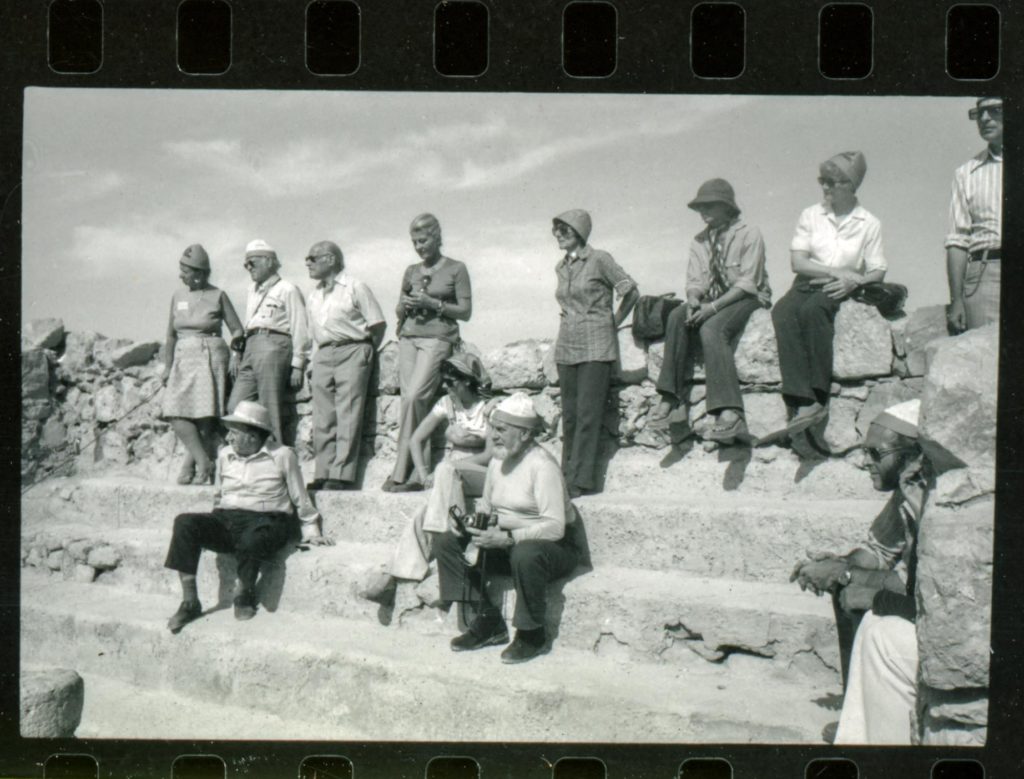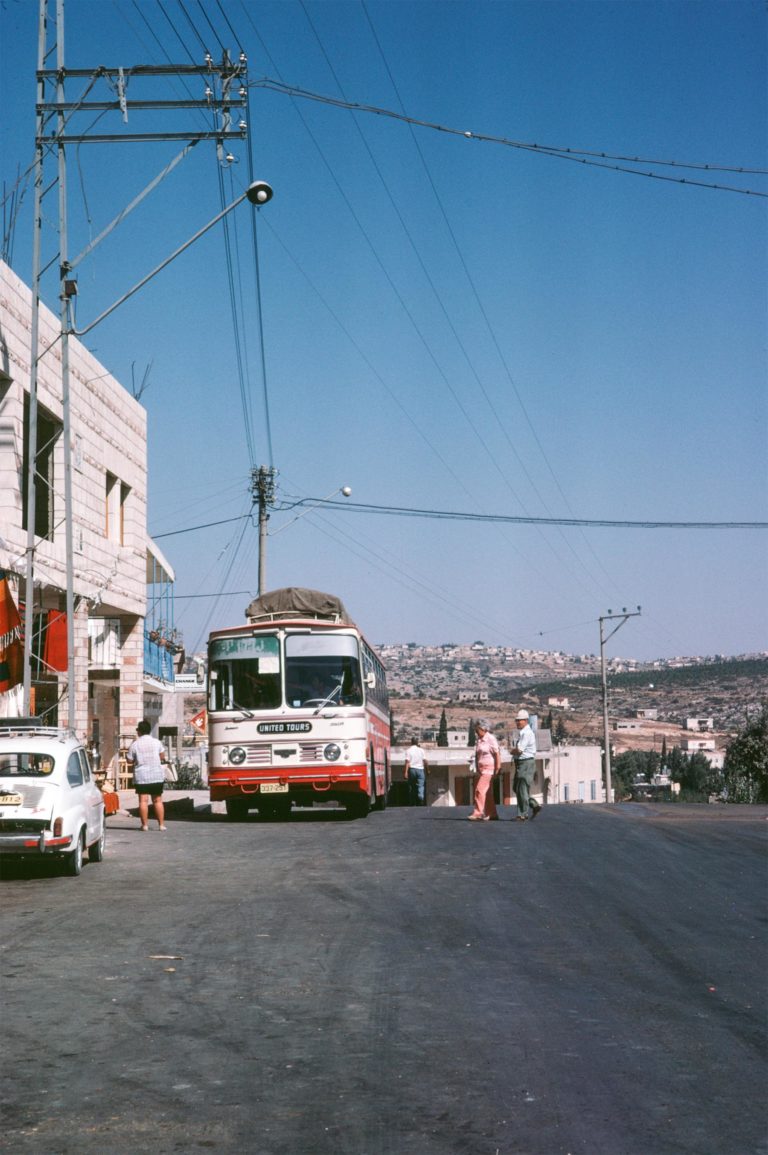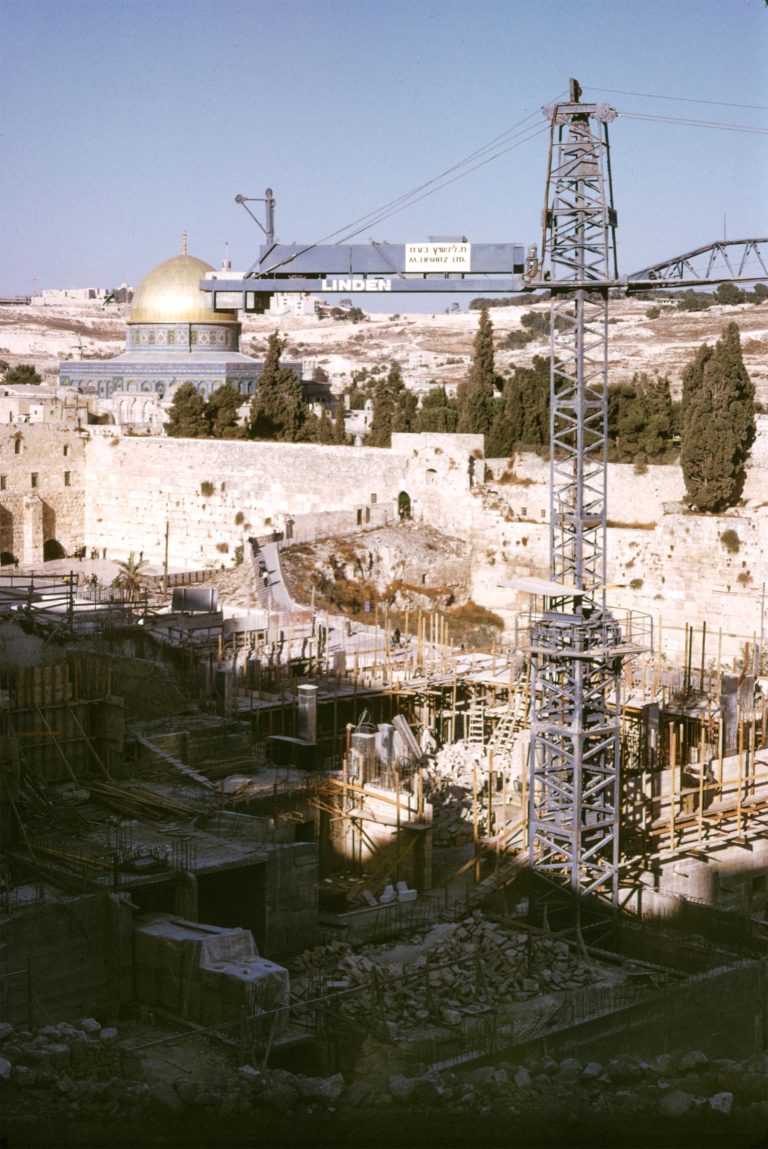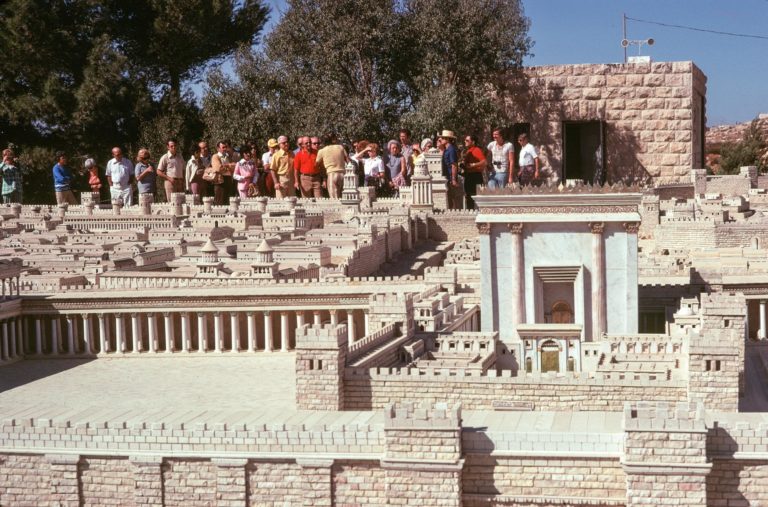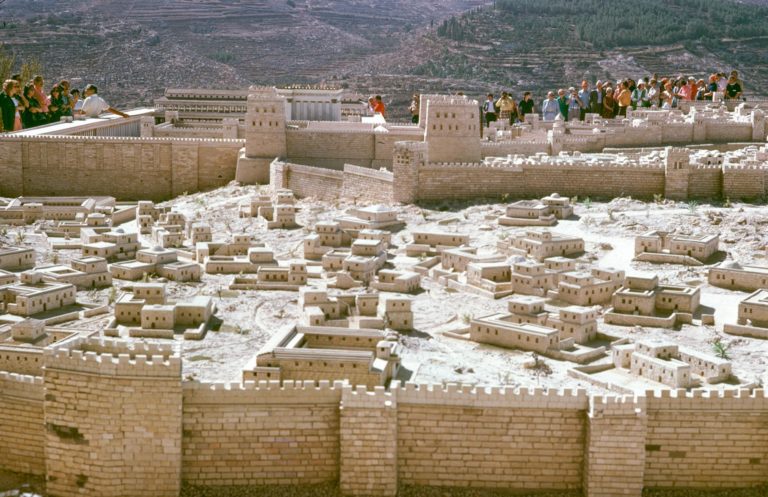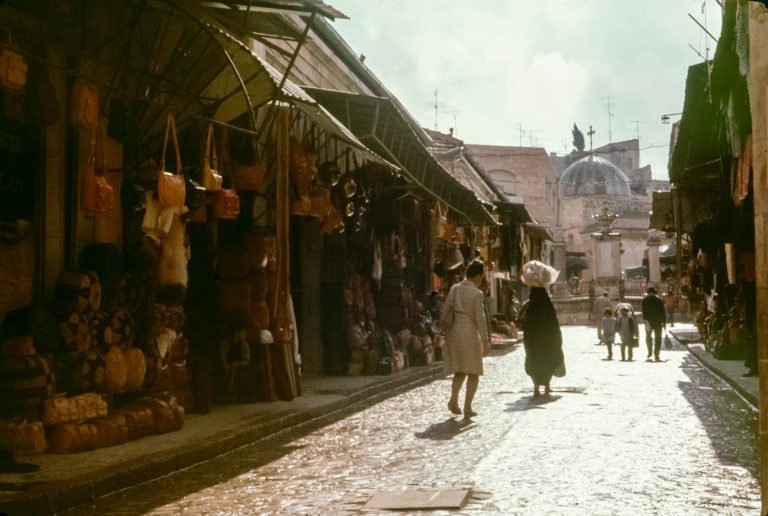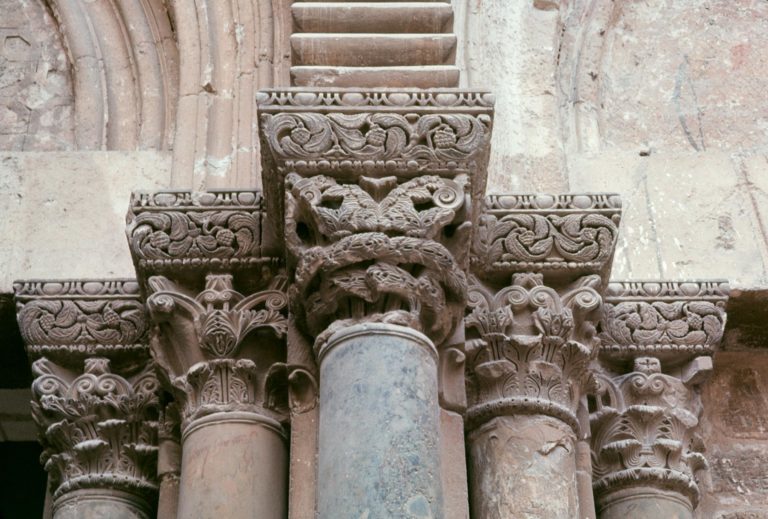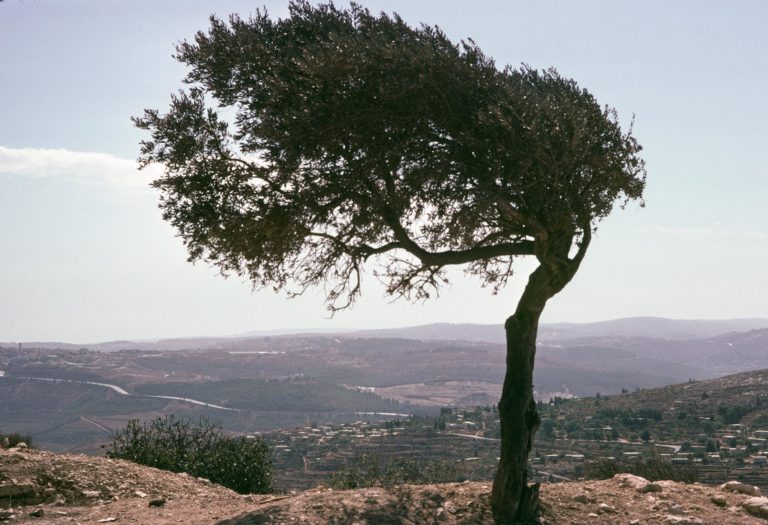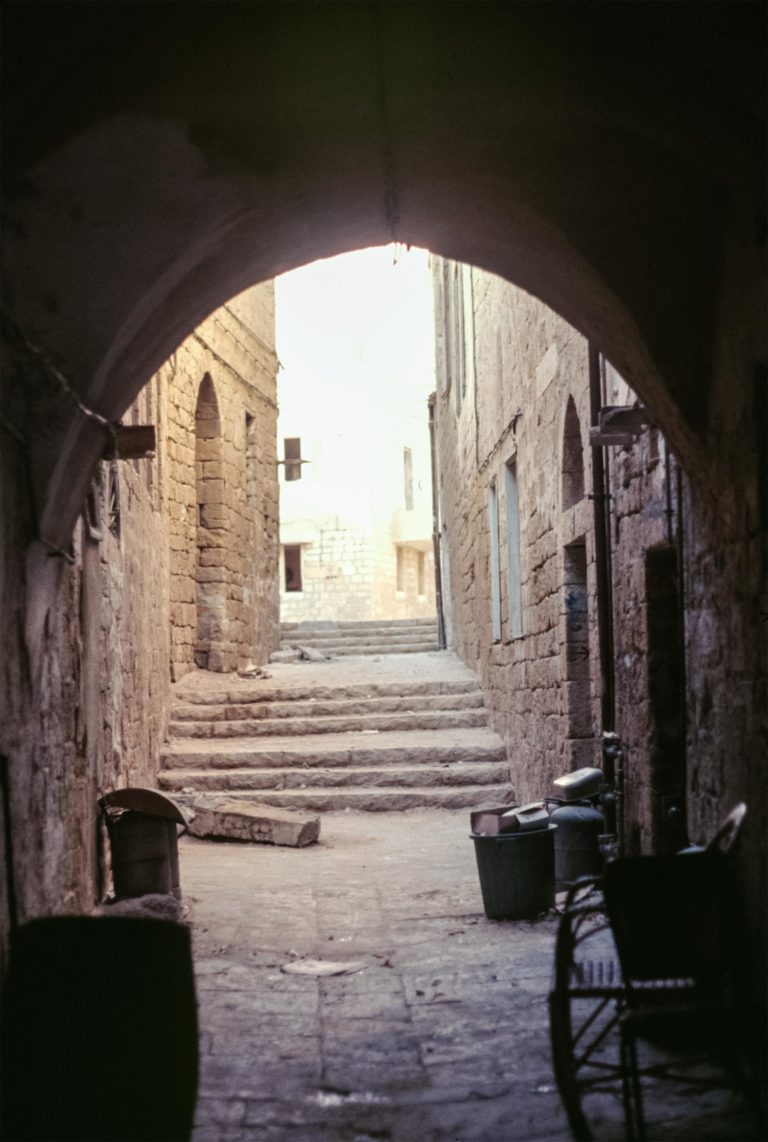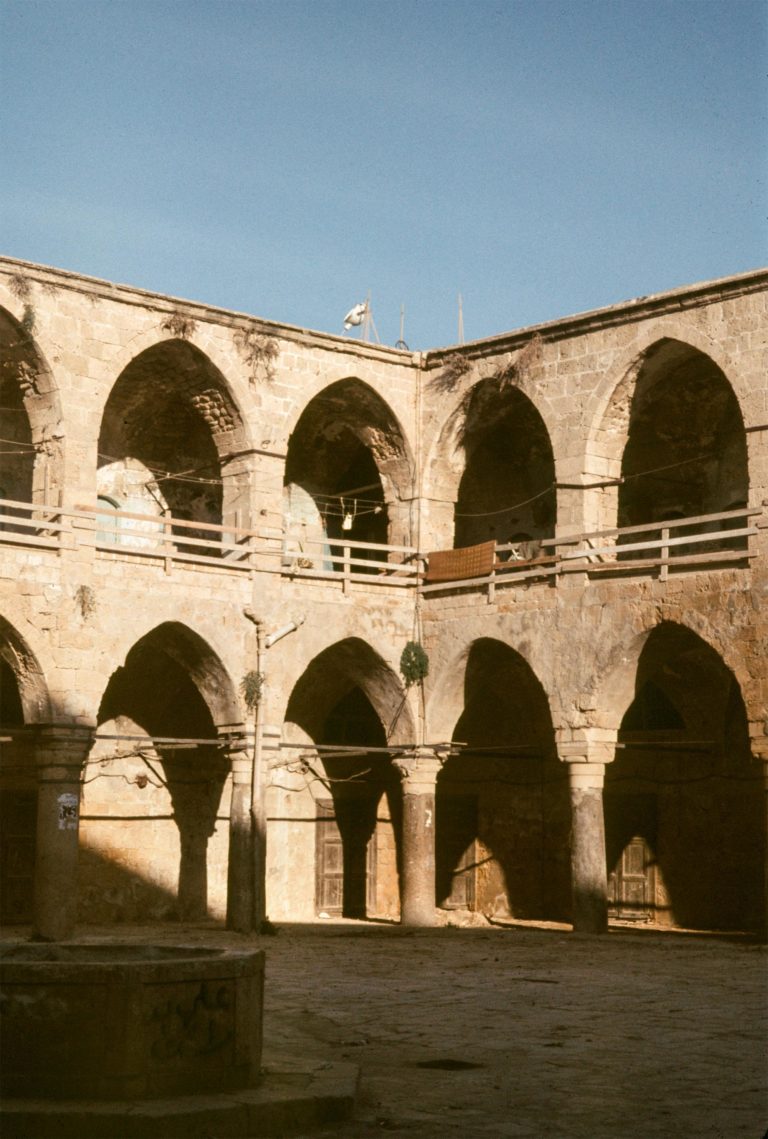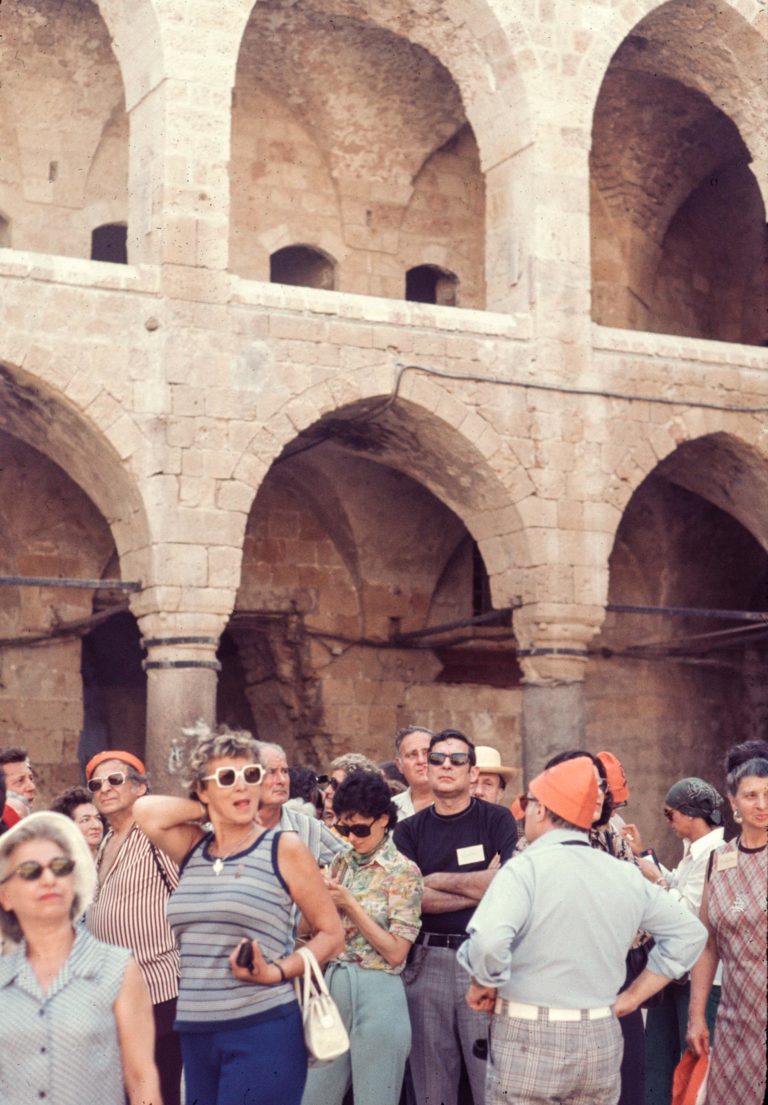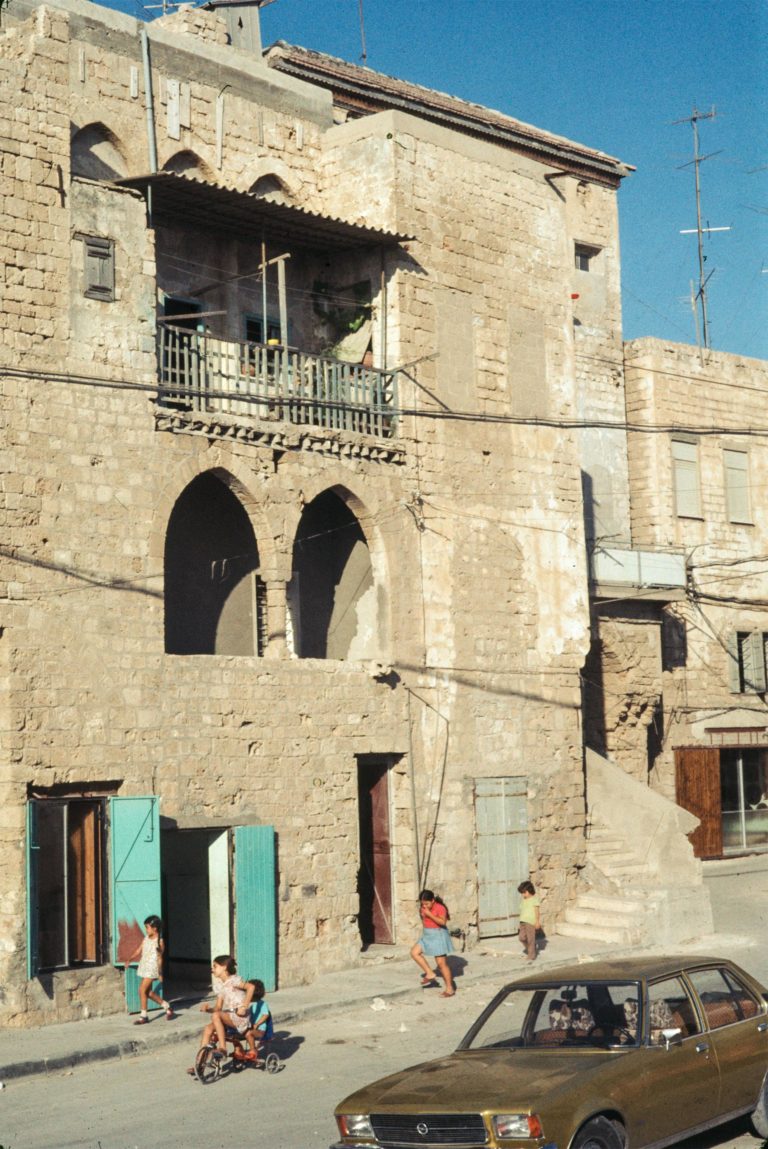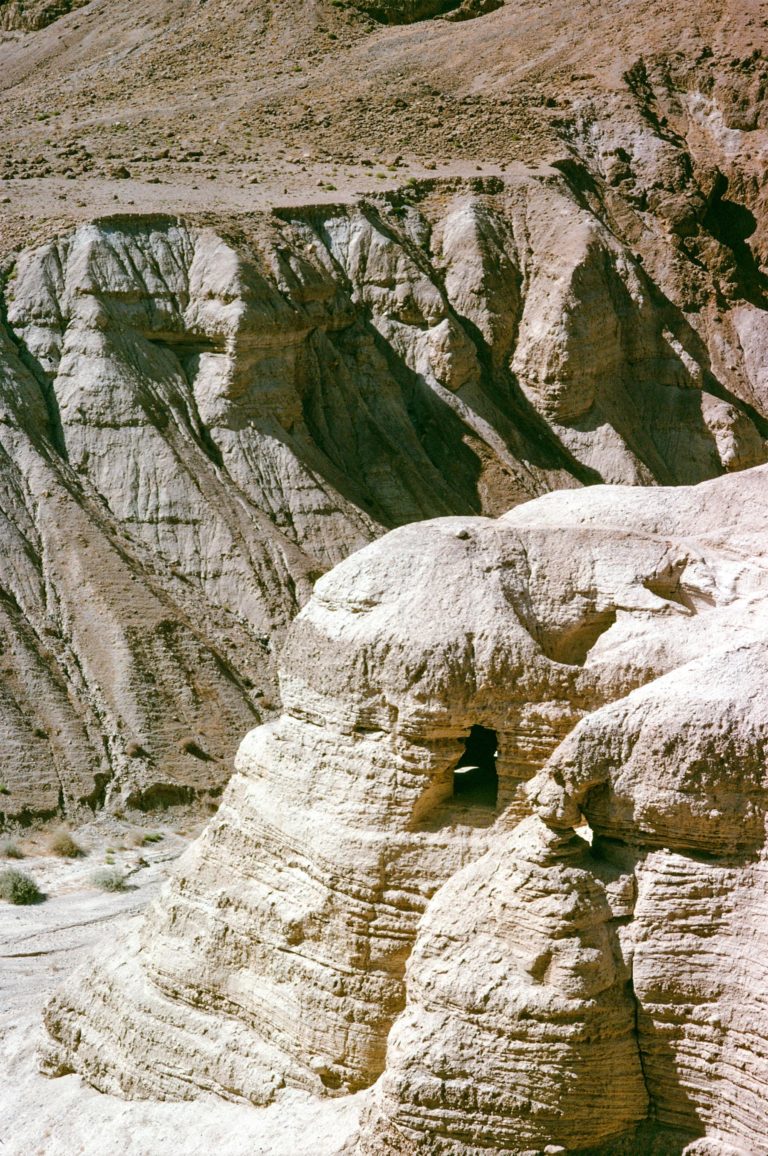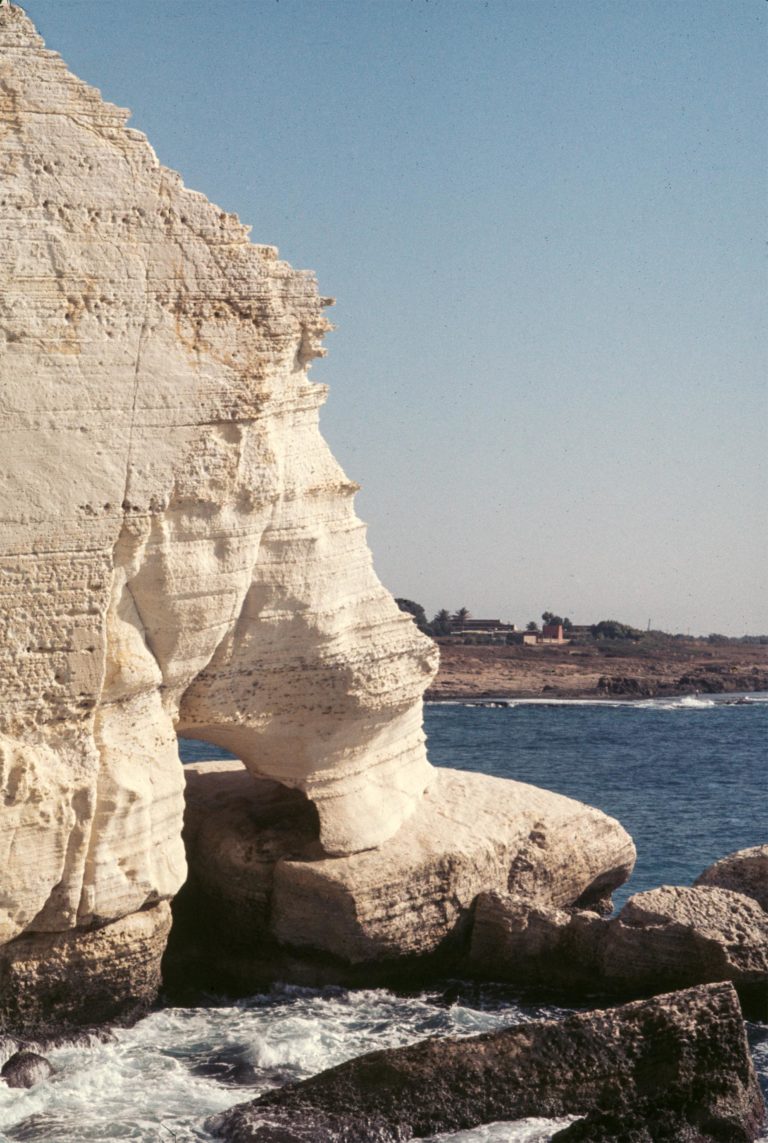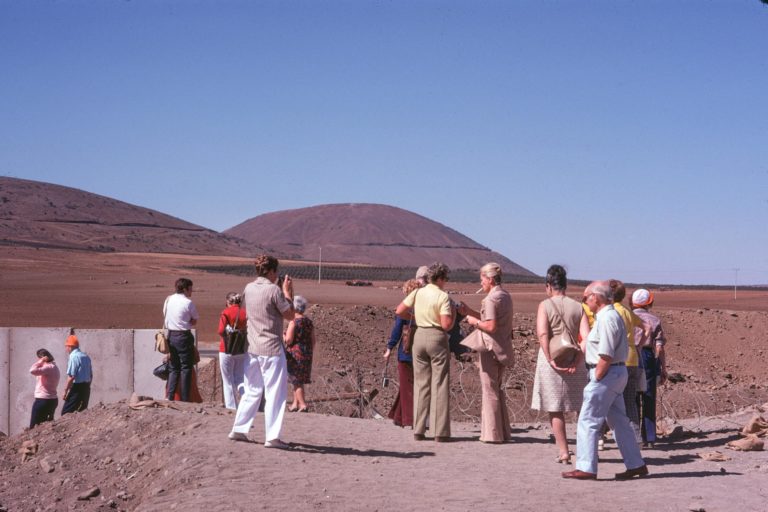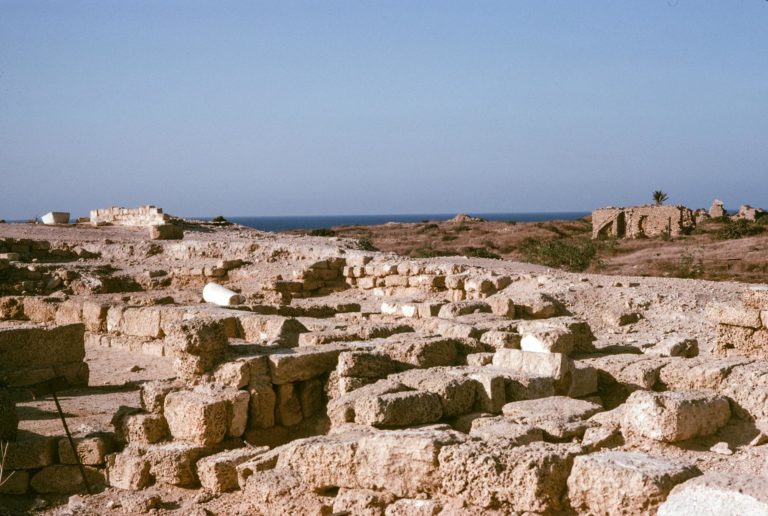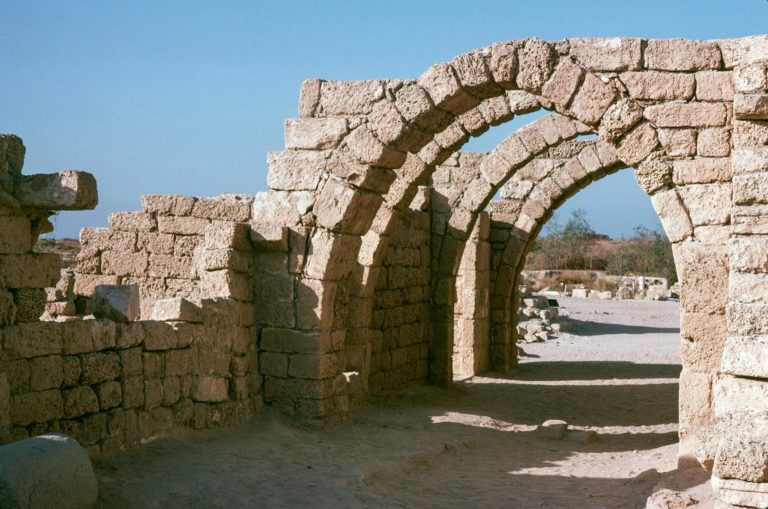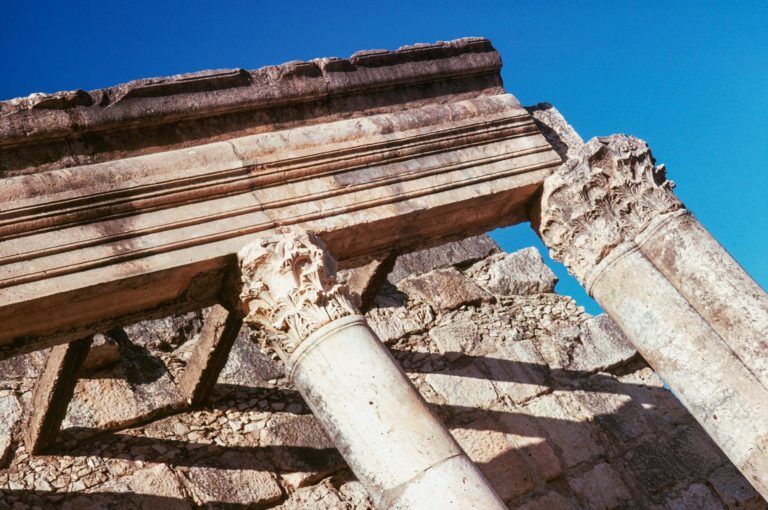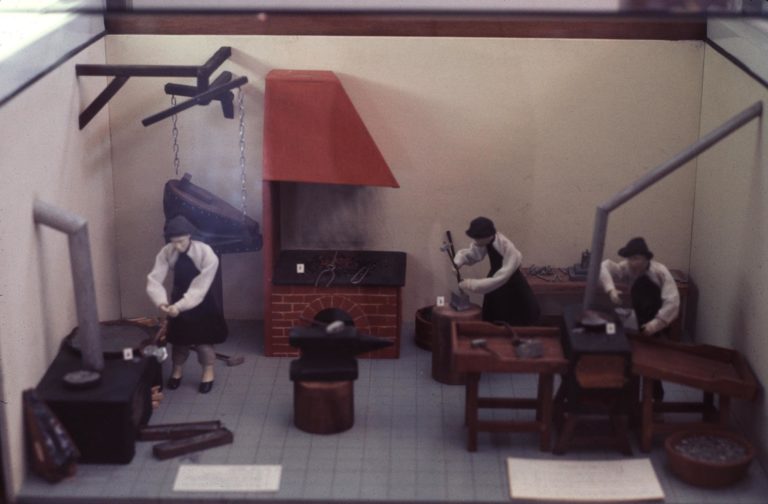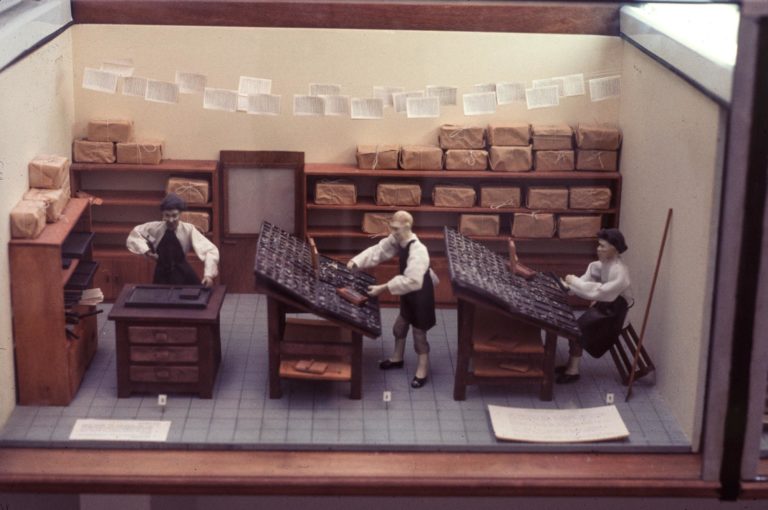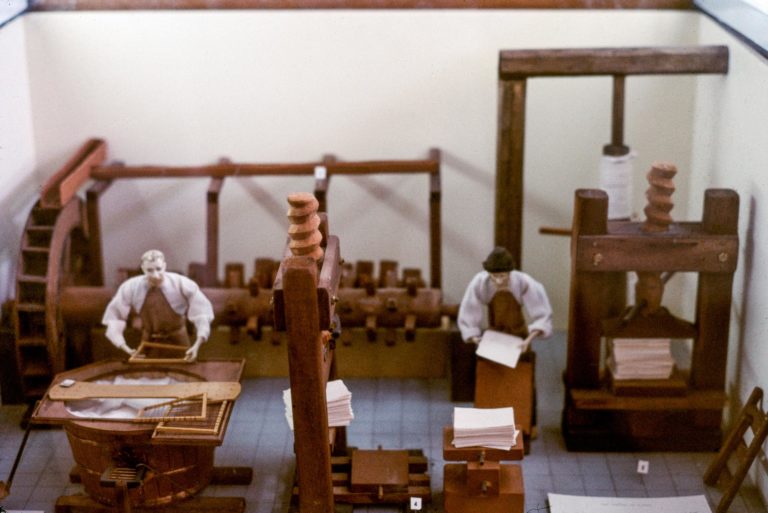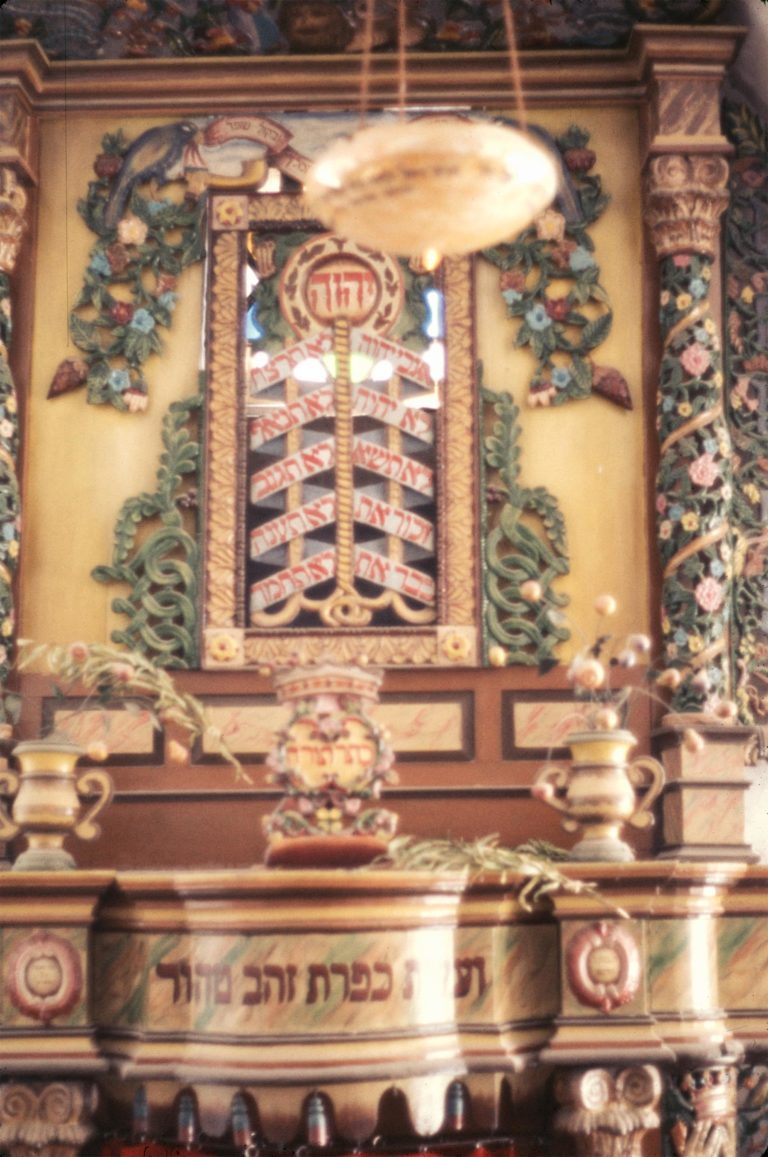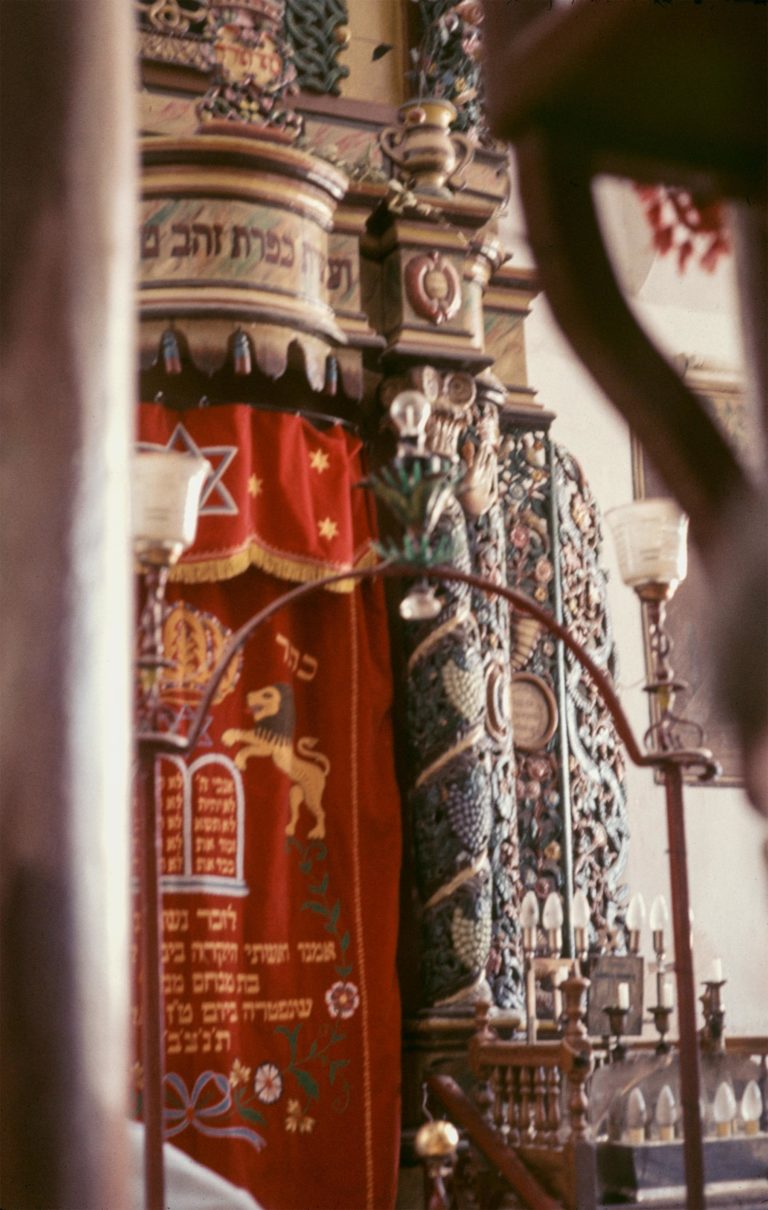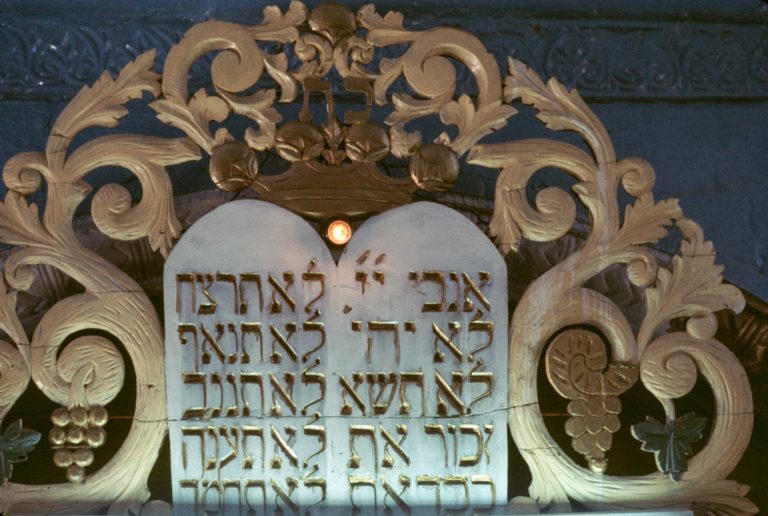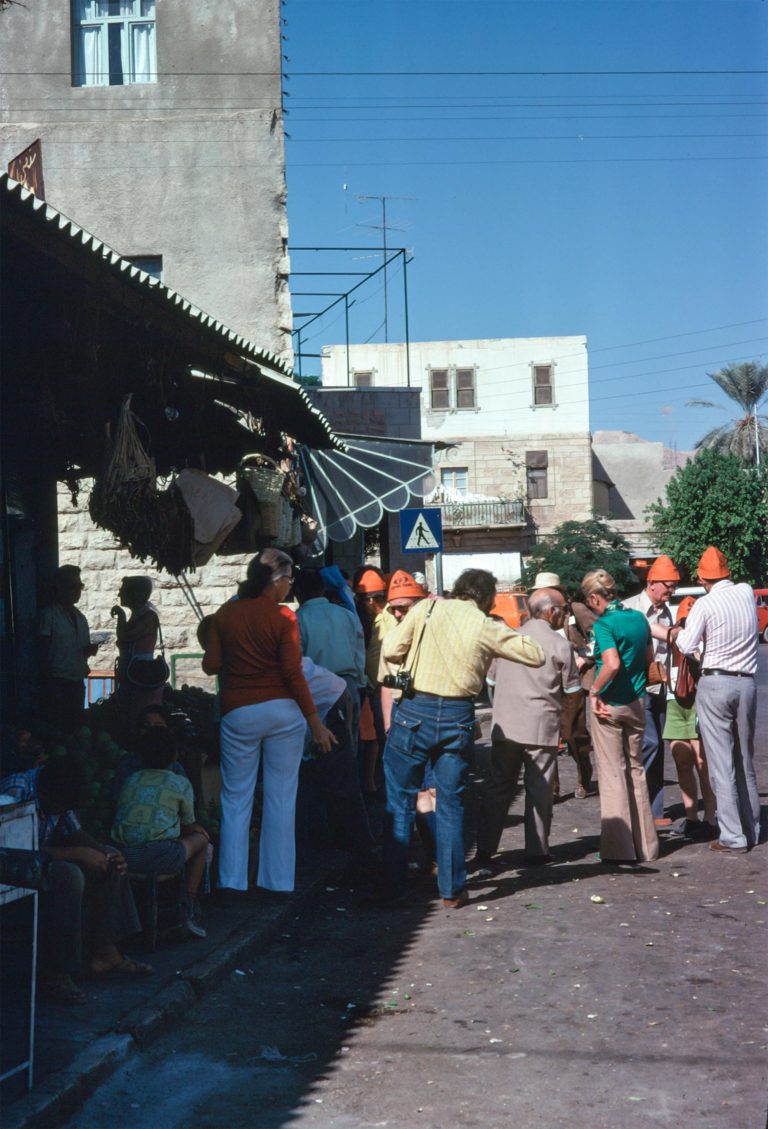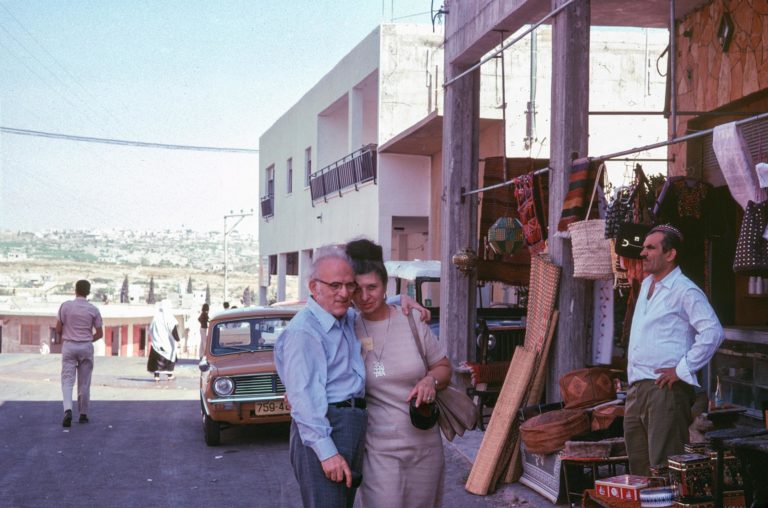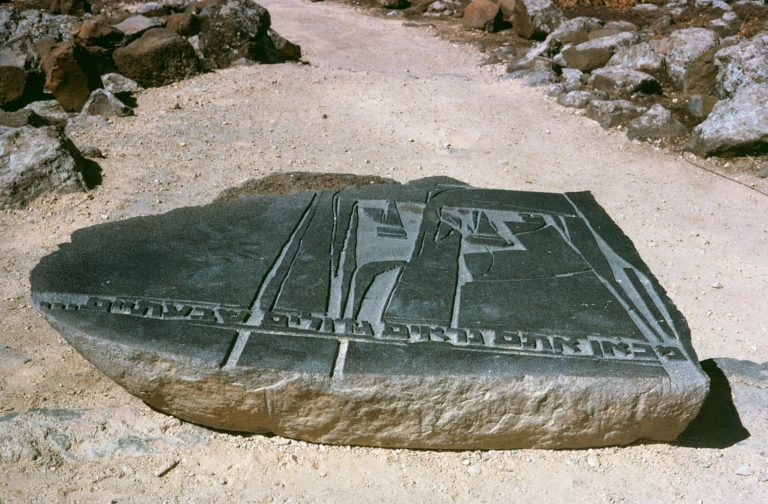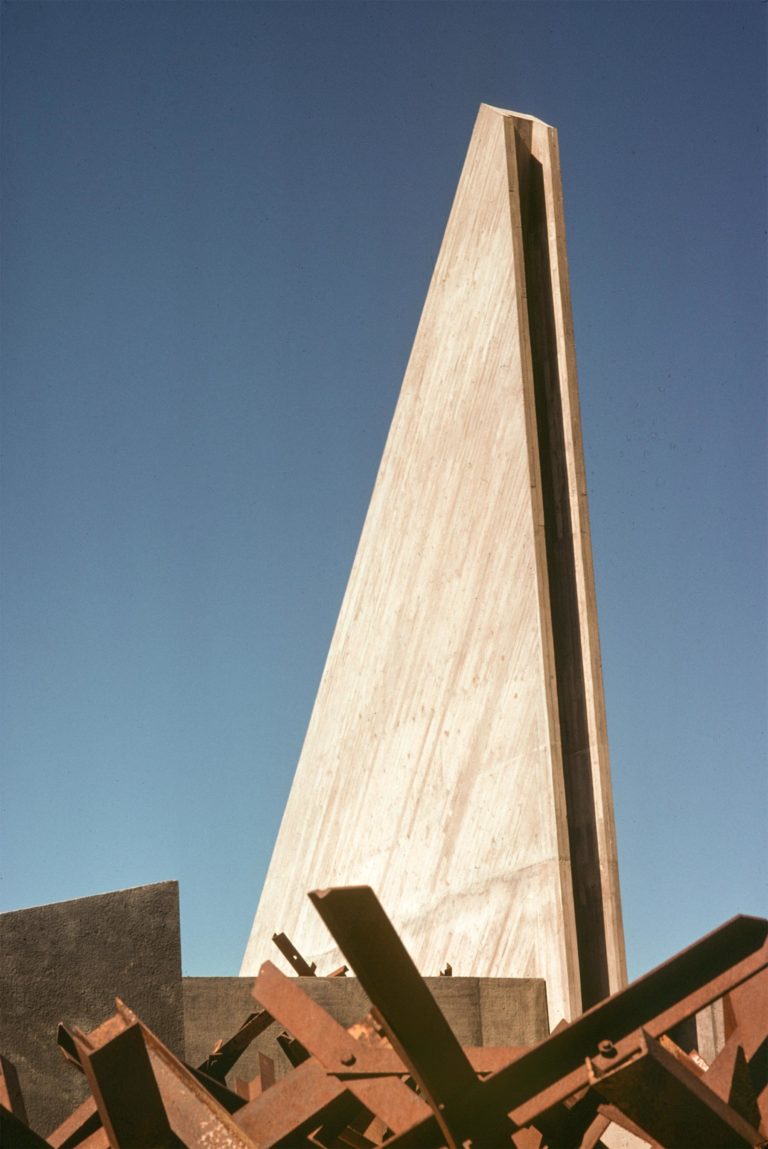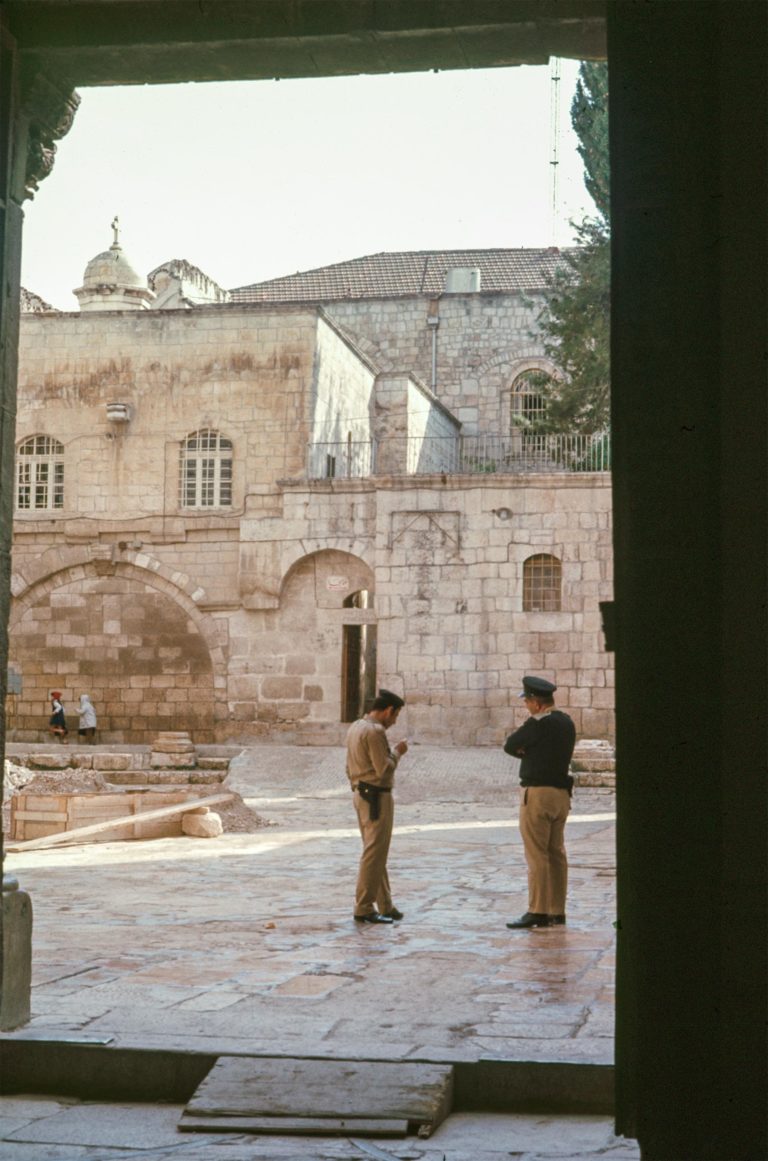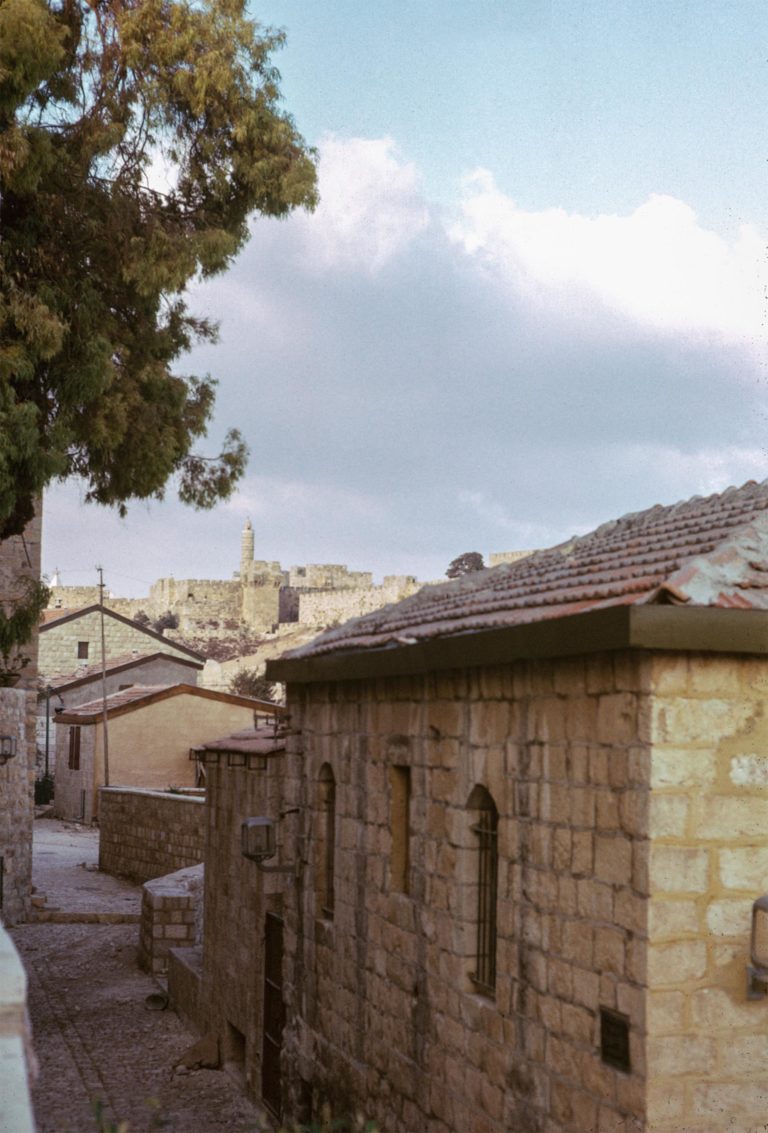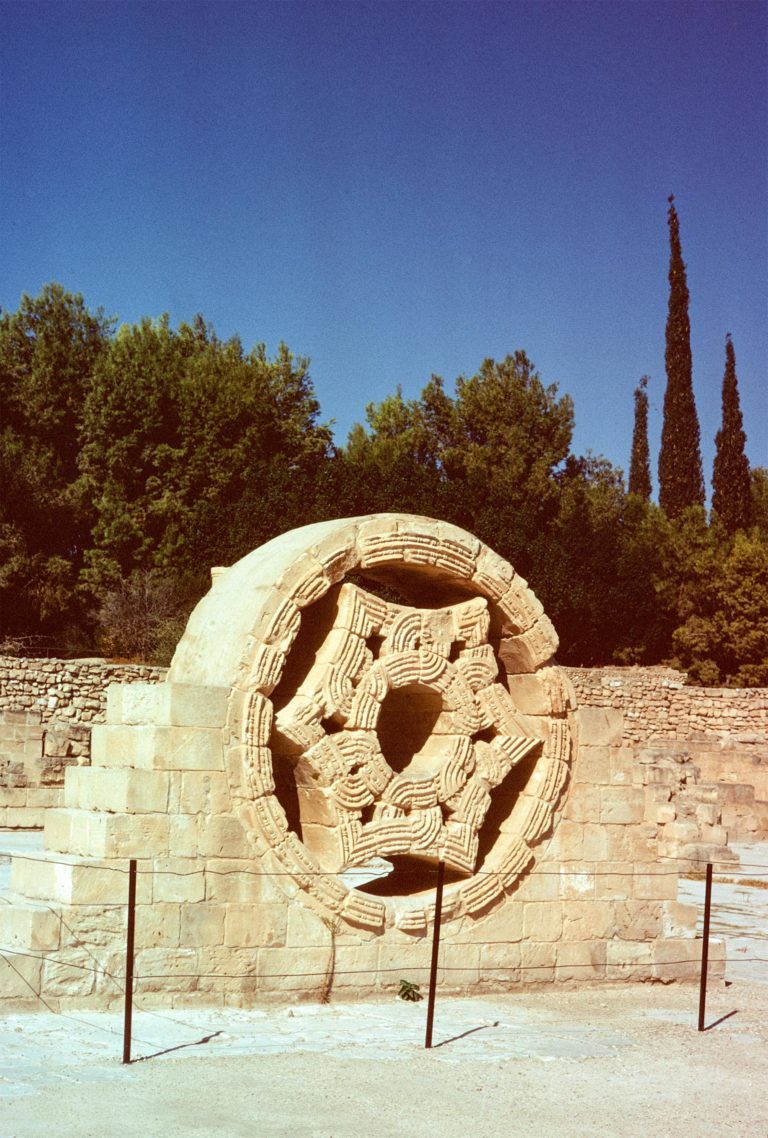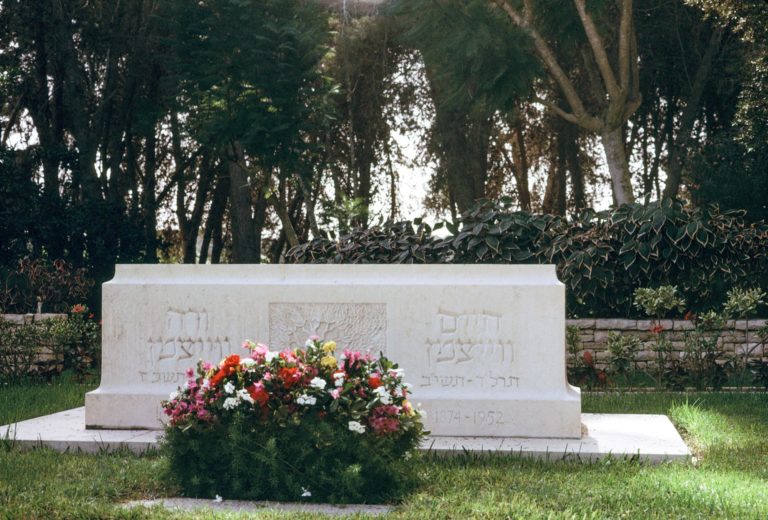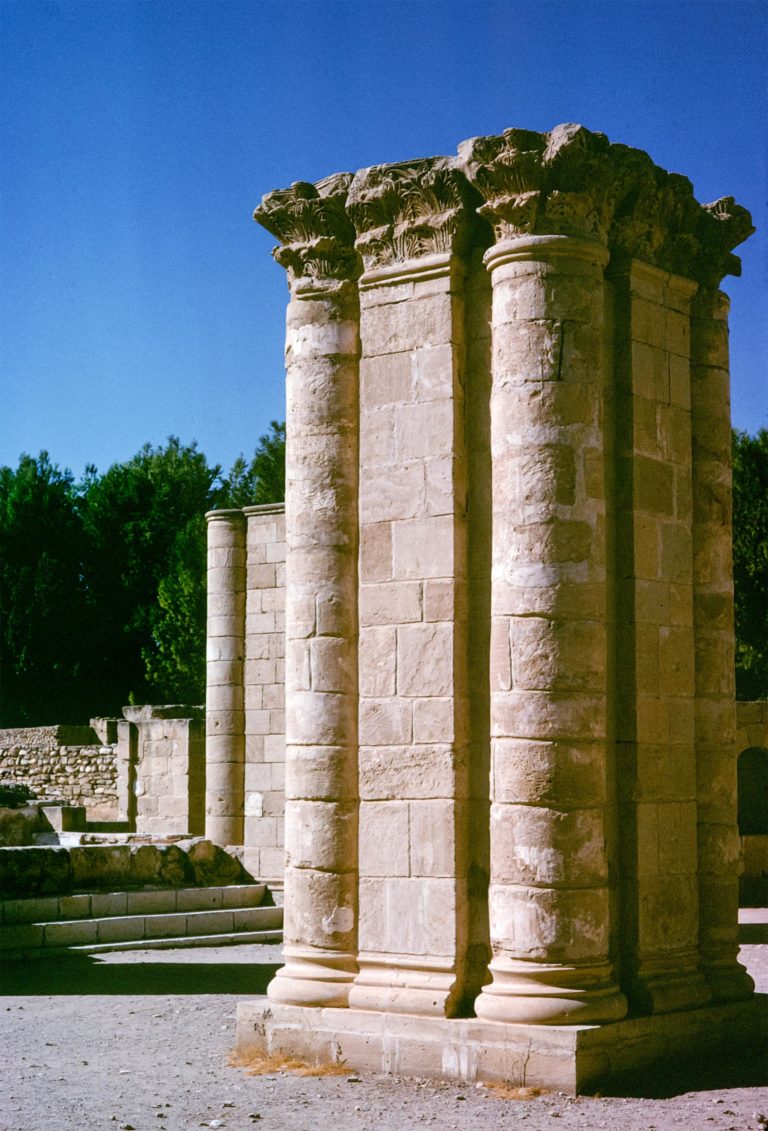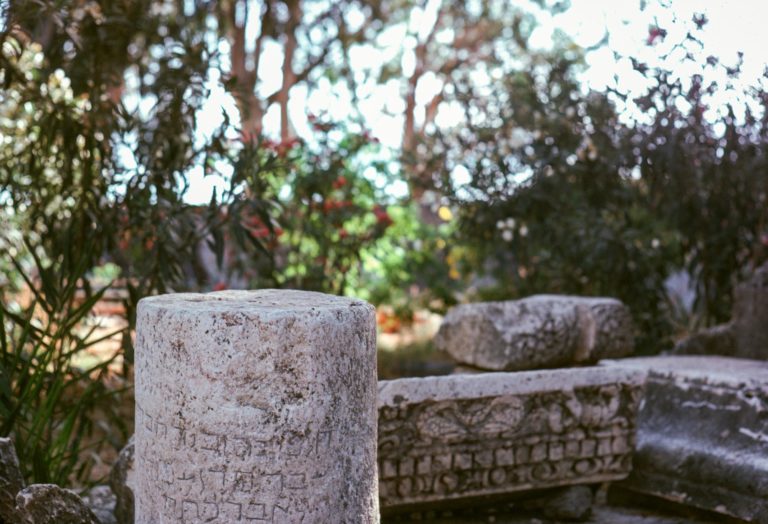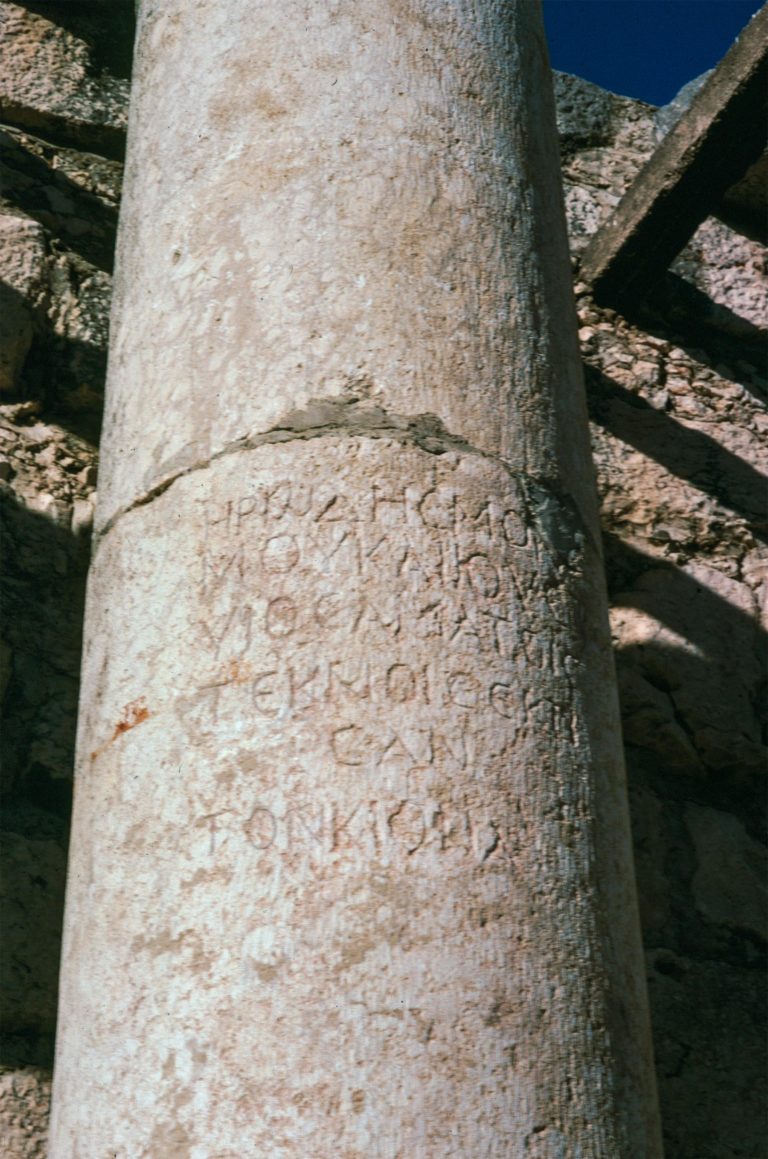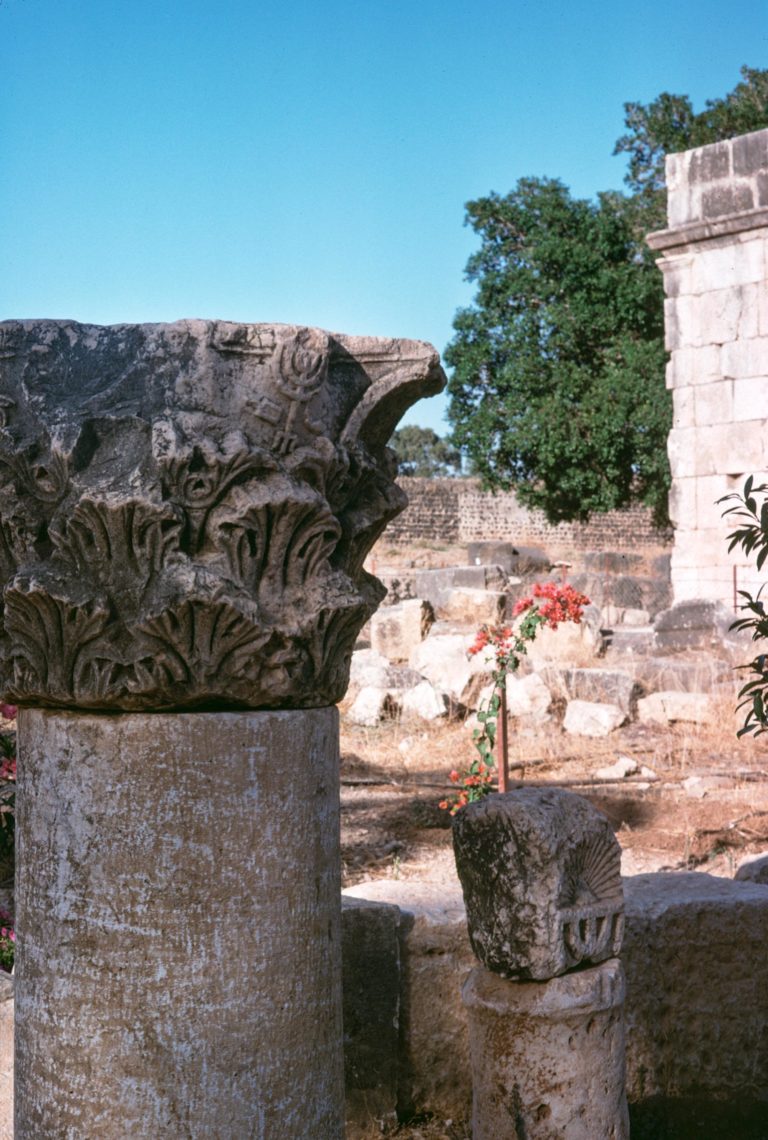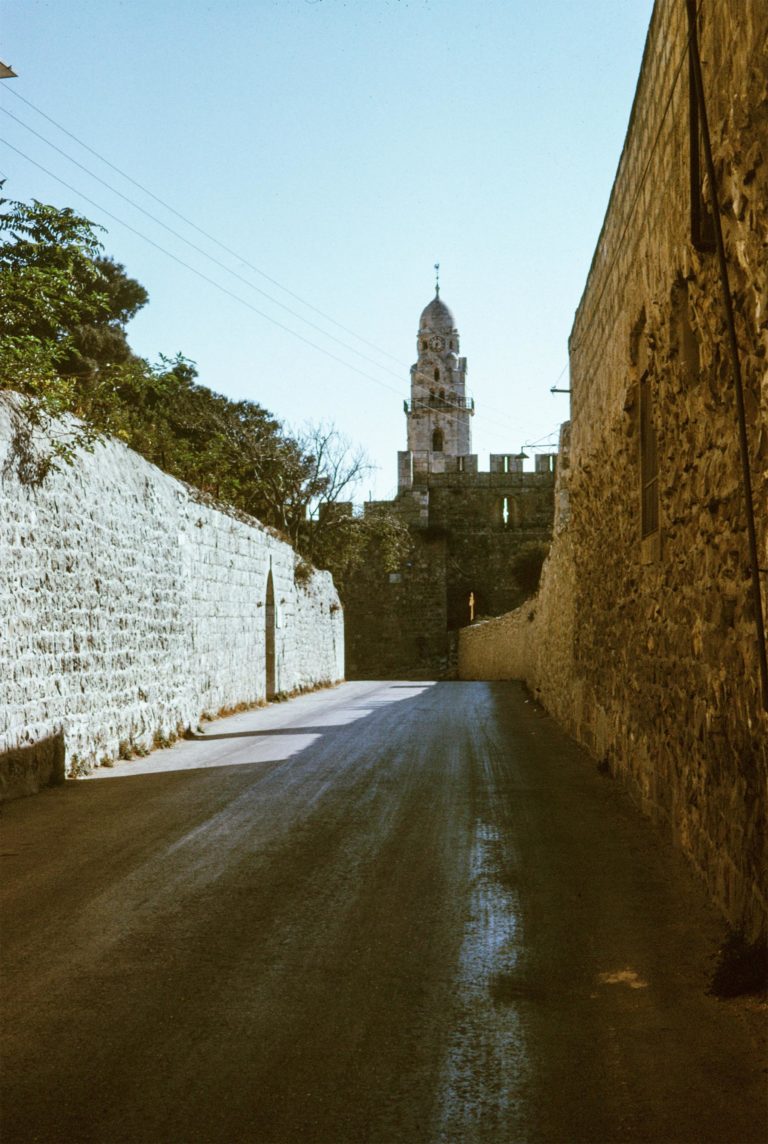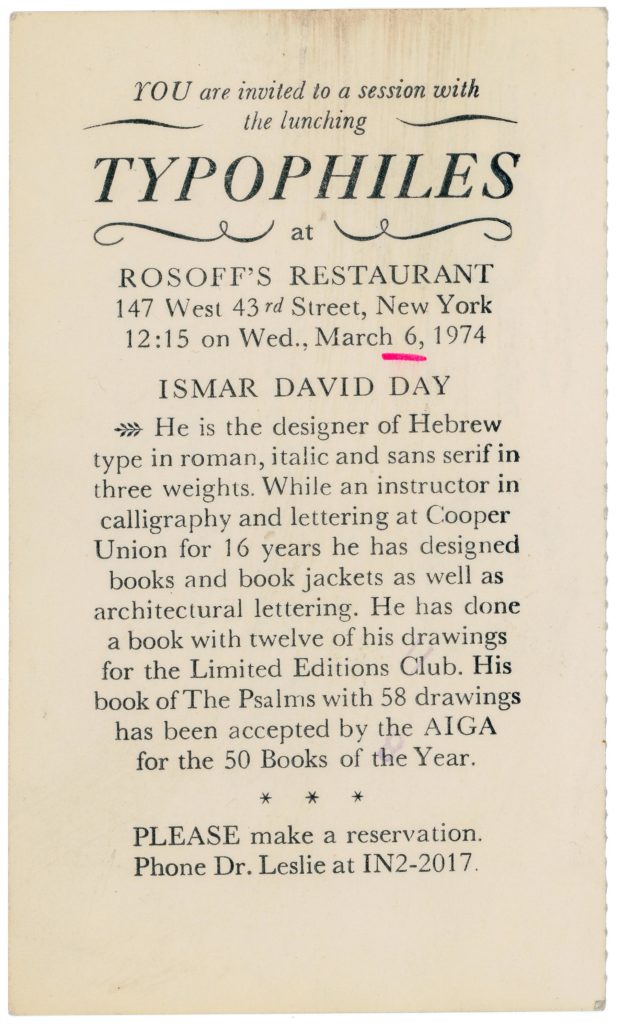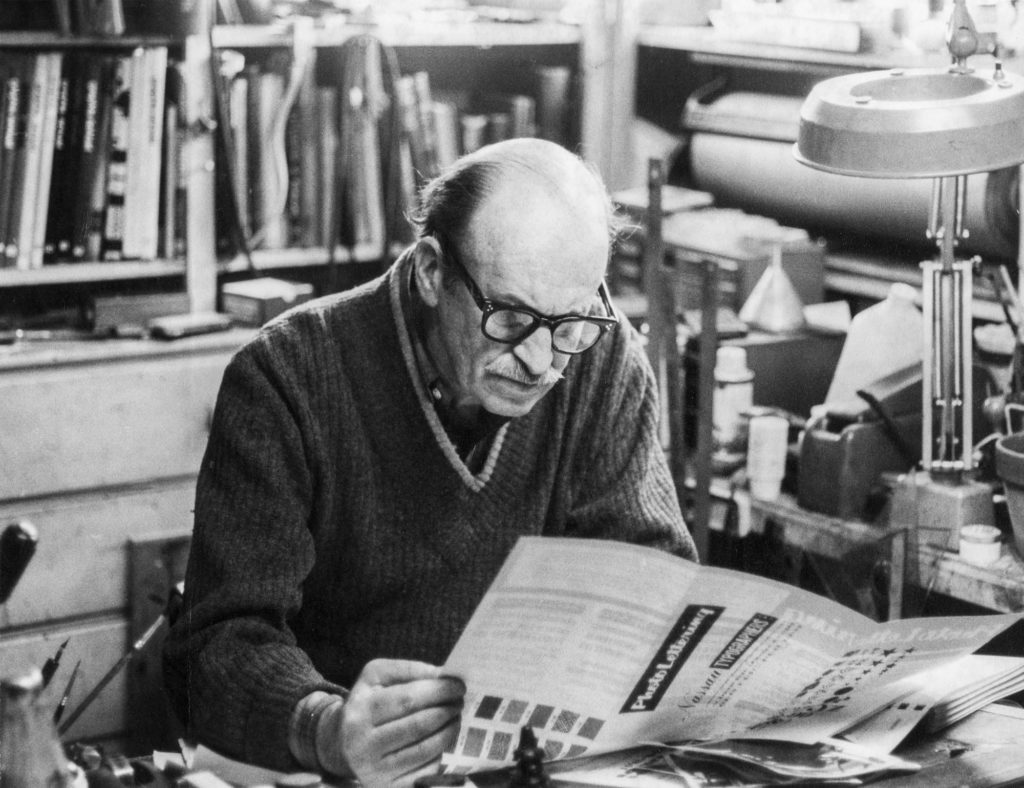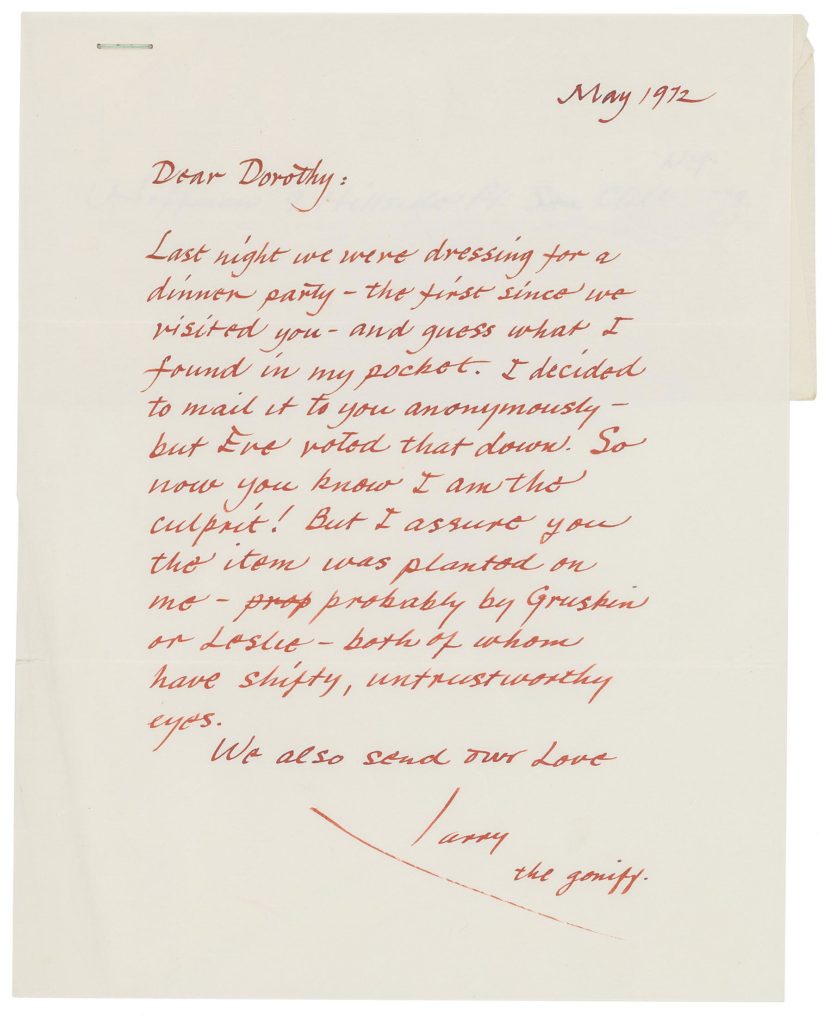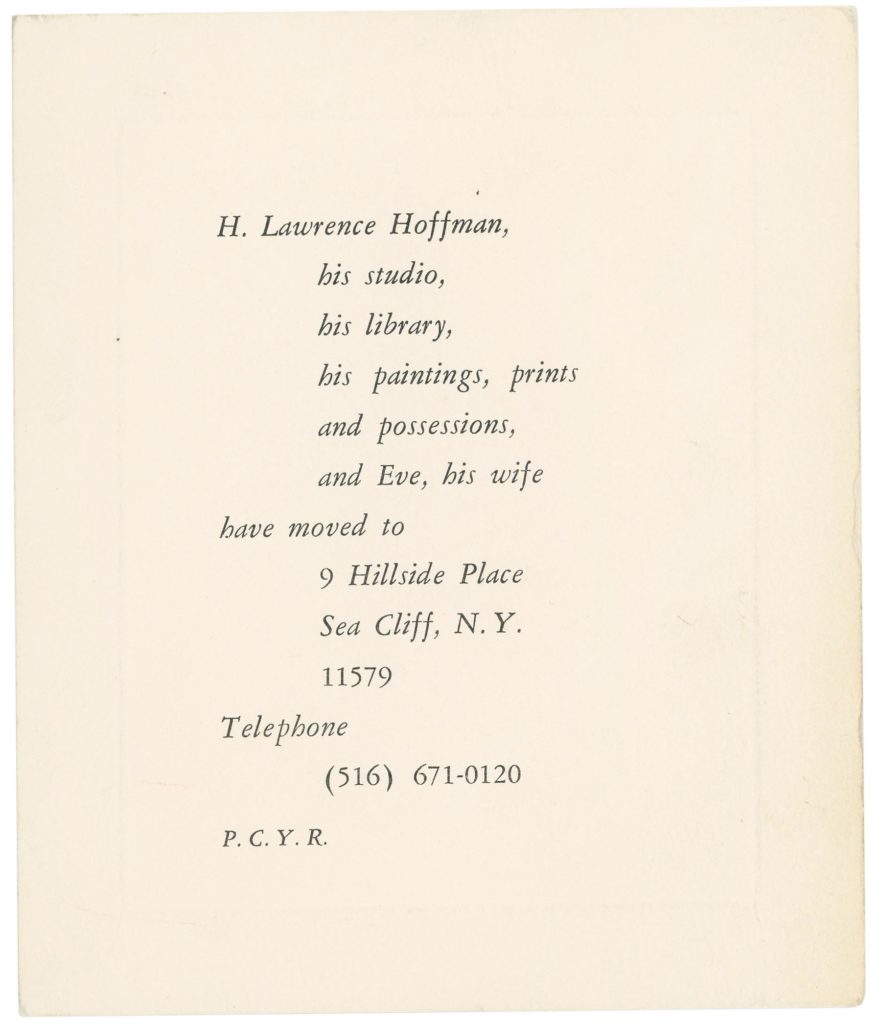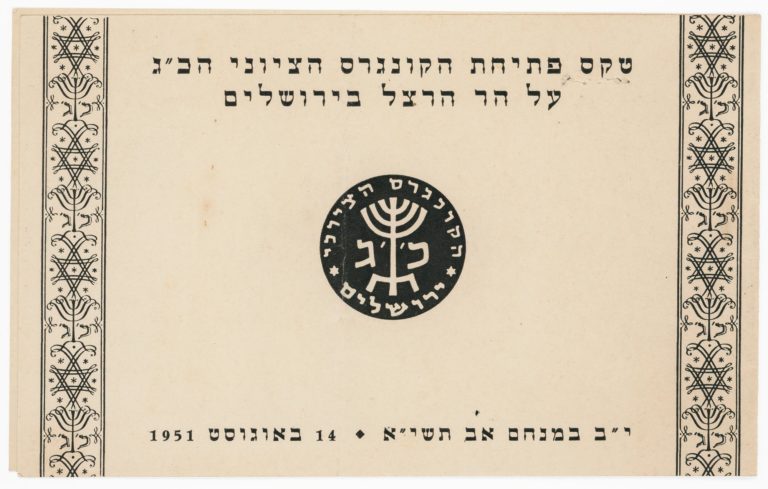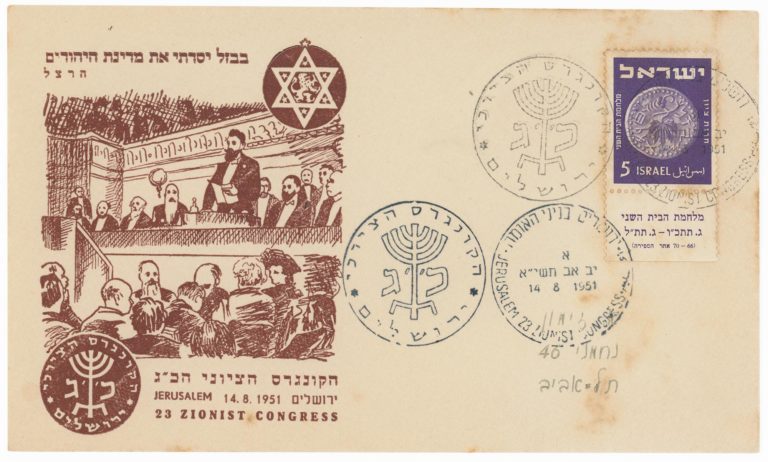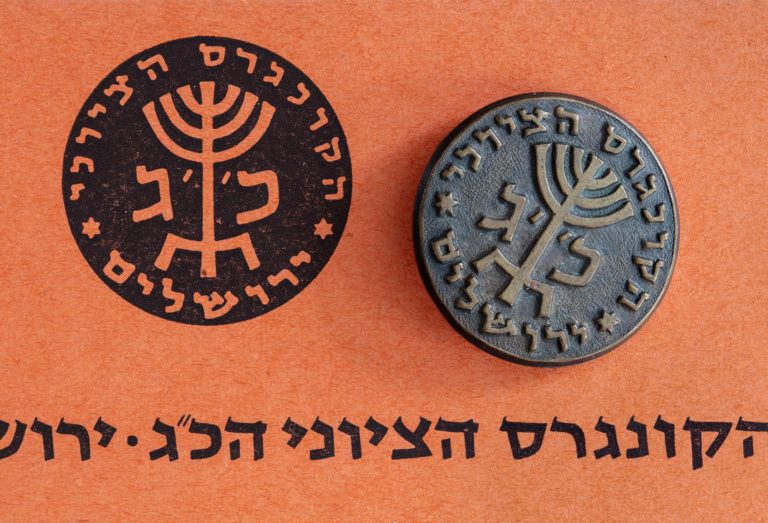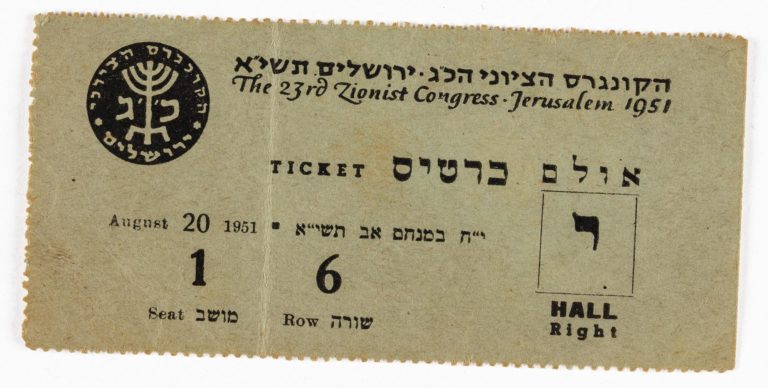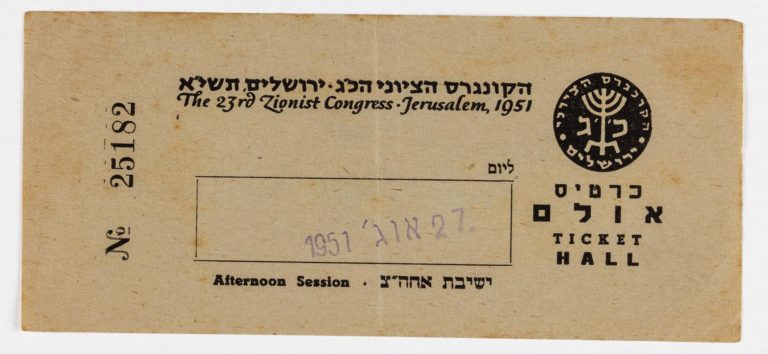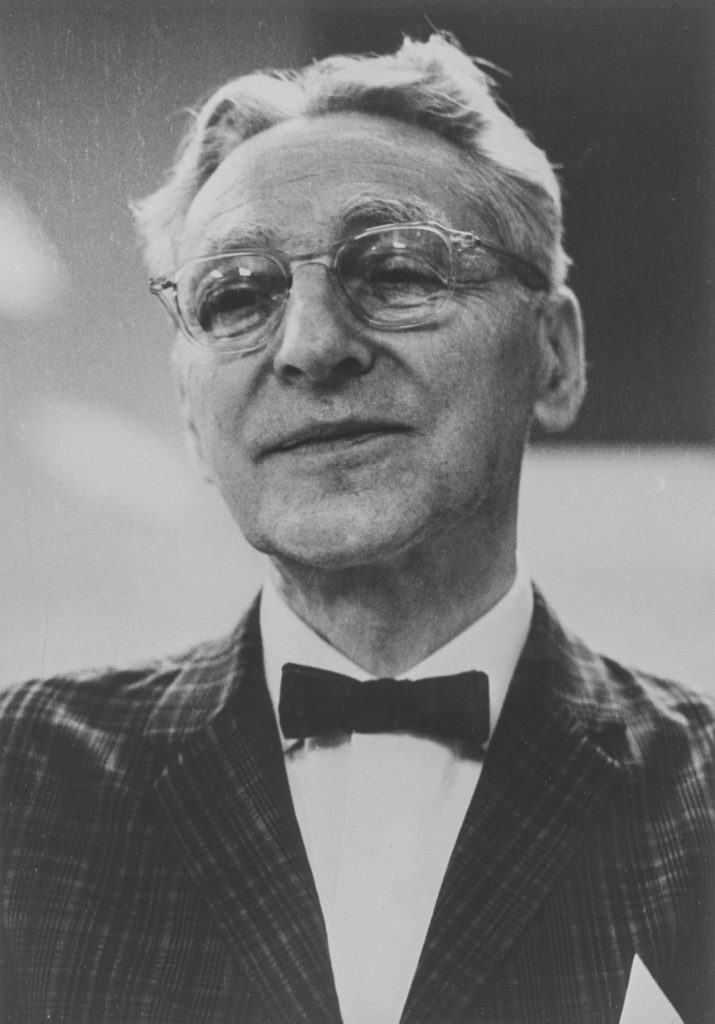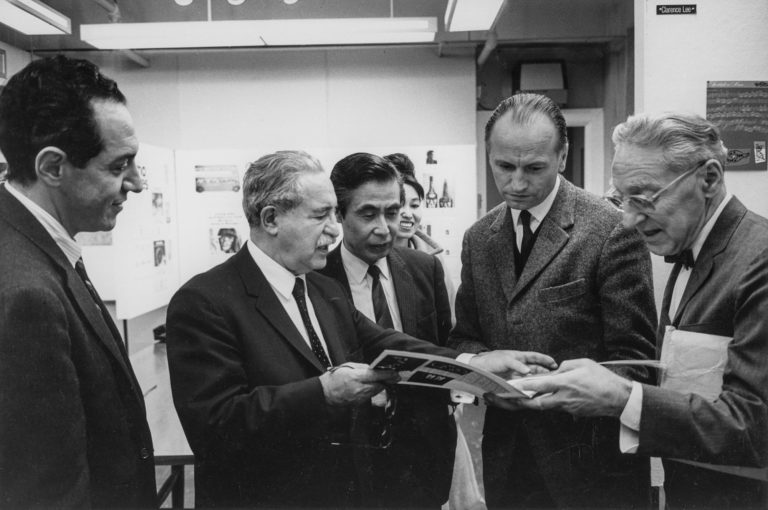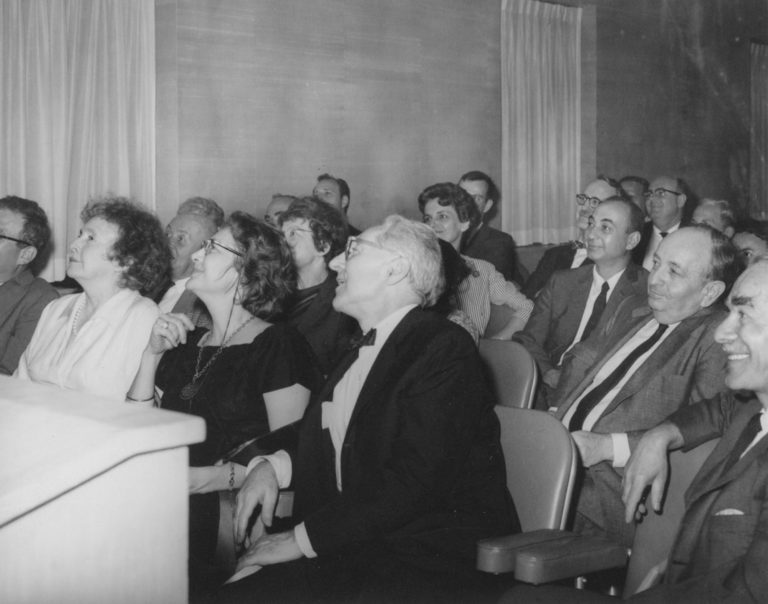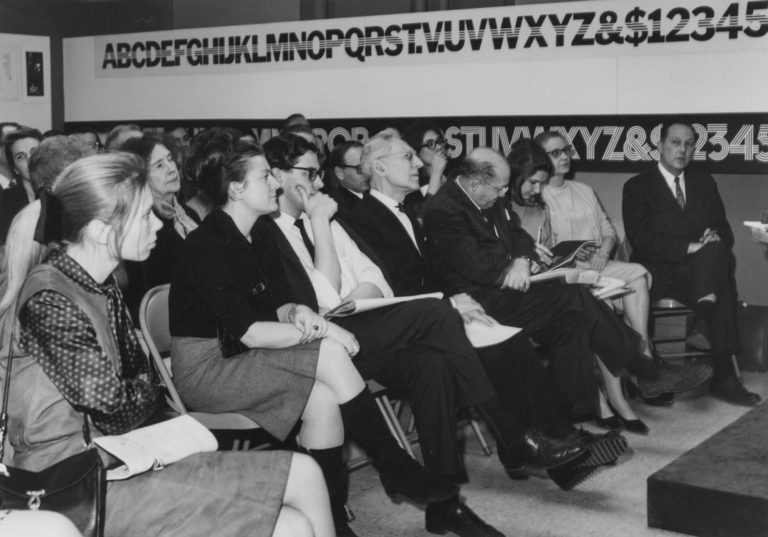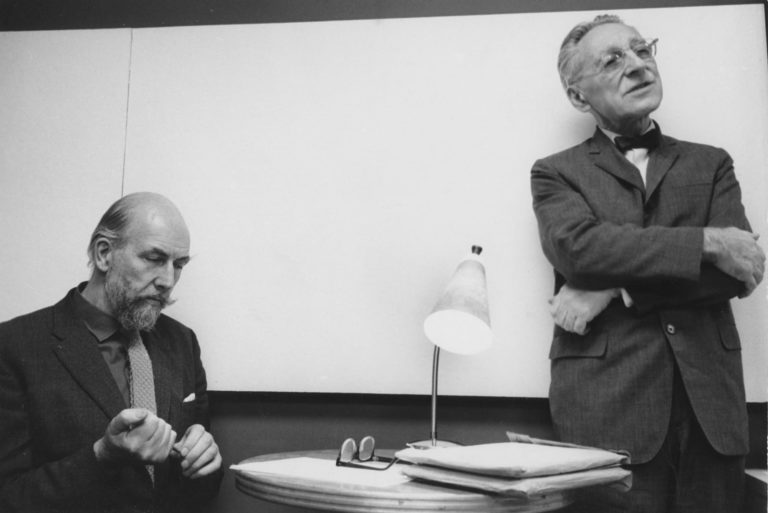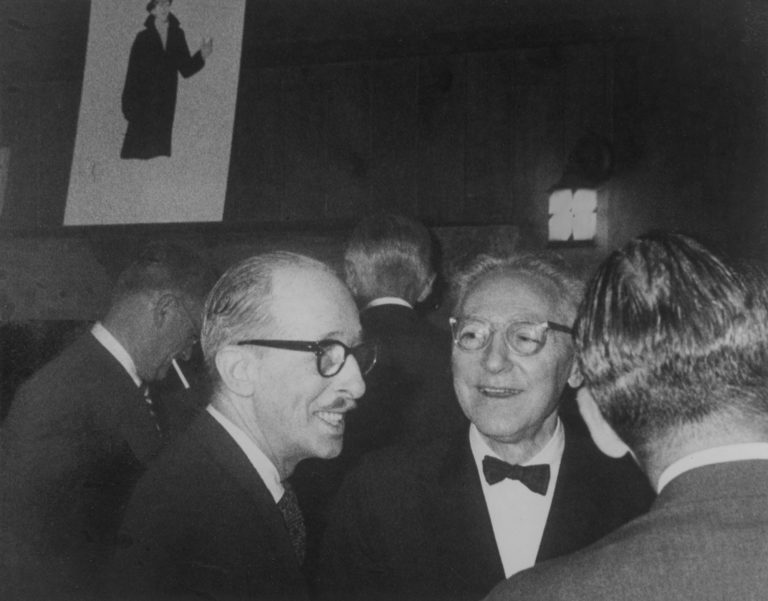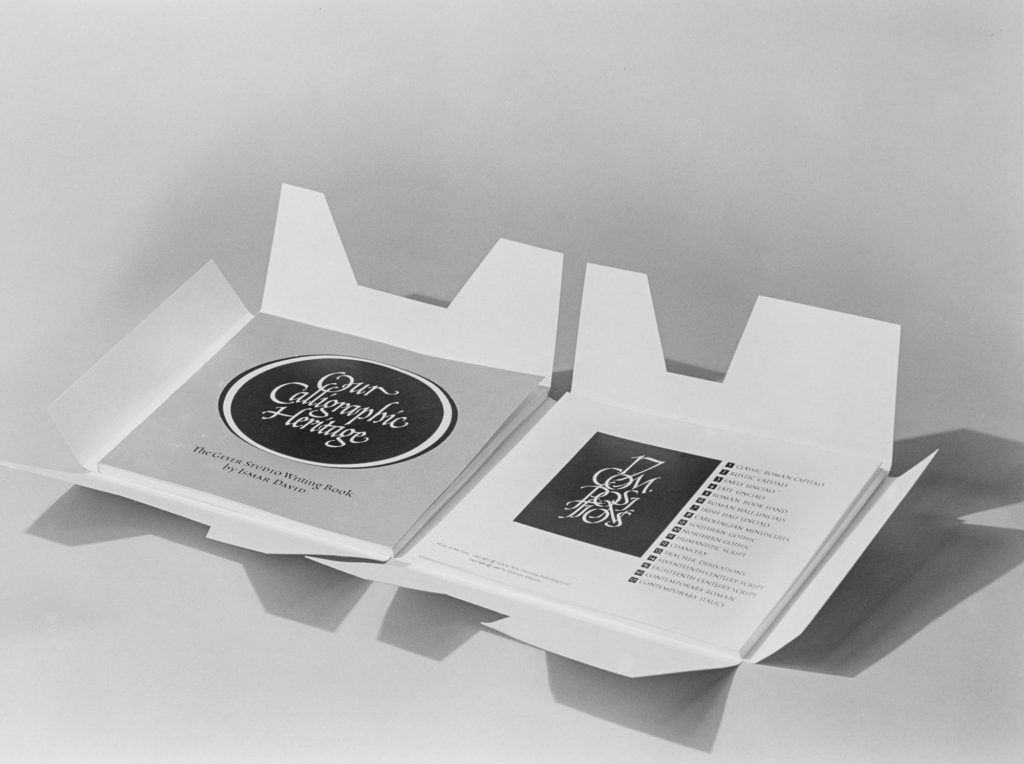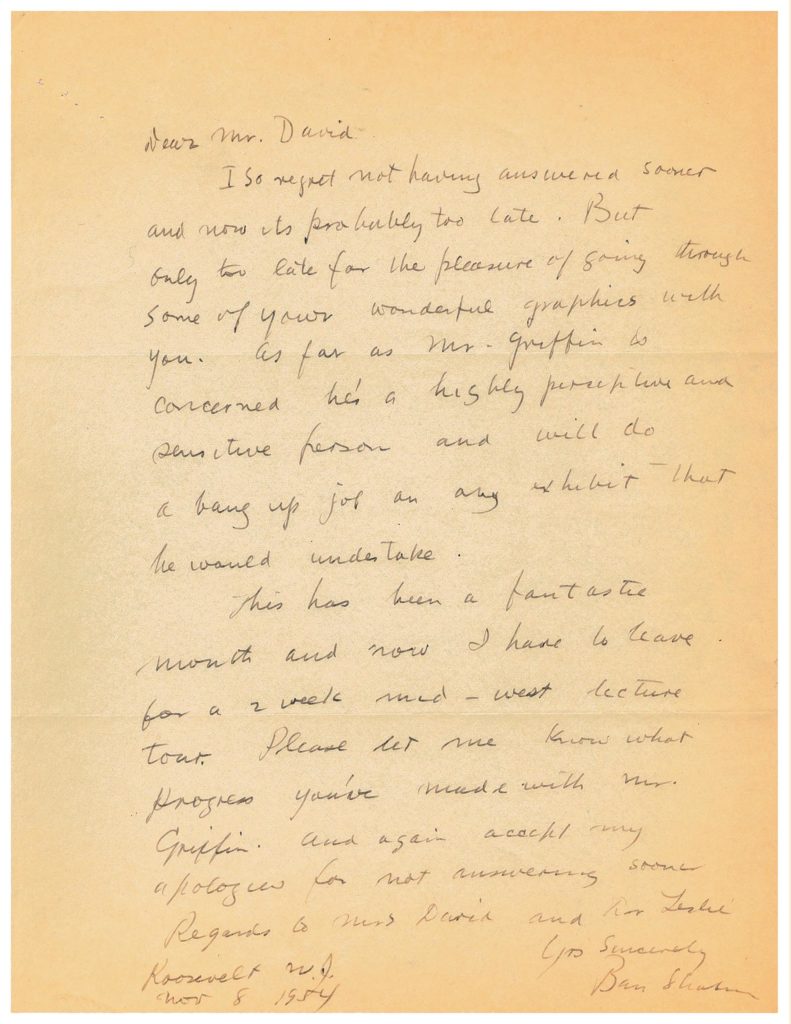The Typophiles, probably founded around 1932 and still active, an association that fosters the appreciation of fine typography and bookmaking with luncheons, lectures and publications.
One upon a time, when New York City was the center of the book industry, a group of men in the various related printing trades formed an informal monthly lunch club. They met at restaurants in Manhattan to chew the fat and share examples of their work. Luminaries like Fredric Goudy and Bruce Rogers attended. In these early days they took to joyously and somewhat spontaneously producing collections of their own printed matter with whimsical titles like Spinach from Many Gardens (for Goudy’s seventieth birthday), Barnacles from Many Bottoms, scraped and gathered together for BR…, and Diggings from Many Ampersandhogs.
In 1940, the Typophiles initiated a subscription fee for regular publications, which they called chap books, as well as pamphlet commentaries, the latter amounting to a kind of newsletter. They remained, however, a volunteer and non-profit organization. In 1955, when Ismar David provided the lettering for the cover of Chap Book Commentary 26, the Typophiles were still a male-only organization—women could join beginning in 1970—and still characteristically quirky. Something of the nature of the group, or more properly of its guiding light and founding member, Paul Bennett, can be seen in his guidance On Getting the Chap Books.
There’s no mystery about becoming a Typophile subscriber and getting the Chap Books, we repeat. This may require a bit of waiting, but that’s because our volunteer set-up places a natural limitation on what we can handle. The turnover among subscribers is small. There are several deaths each year, unfortunately. And occasionally economic difficulties mean dropping out.
Our subscription procedure is simple: We accept only subscribers who want our books and will be patient in waiting for them; who seldom write about details, and who send renewal funds promptly upon notice. This since there’s little time for correspondence or the chore of record-keeping.
Applicants must send on a minimum of $20. in advance. They move from the waiting list as subscription vacancies occur. Funds are allocated in these directions: Membership fee, $4. Annual dues,$4. And forthcoming books at the rate of $2 each.
Potential subscribers, in short, must have faith in our judgment and in what we do—there’s no time for notes, follow-ups or the customary business procedures.
Institutional subscriptions, for reasons outlined previously require a minimum deposit of $26, so inquiries may be halved. Remember, please, we have no time to acknowledge orders, sign vouchers, or do special billing.
If you have a candidate who can bear with these peculiarities, and who wants in, act accordingly.
For The Typophiles,
Paul A. Bennett
In 1955, too, The Typophiles gave out 200 copies of Daniel 3, a small book which World Publishing had given out for the holidays the year before. Ismar David had supplied the pattern on its slipcase, as well as lettering and illustrations.
After Bennett died suddenly in 1966, The Typophiles were forced to make their organization a bit more organized, formally incorporating as a non-profit, educational organization in the State of New York, adopting rules and electing officers. They elected Eugene M. Ettenberg as their first president in 1968. Robert Leslie, who succeeded him the following year, put his enthusiastic stamp on The Typophiles in many ways, including arranging typographic-themed junkets for the group, including trips to Europe and Israel. Abe Lerner followed Leslie as president.
Over the years, many guests and members have spoken at the luncheons, among them, Ismar David on March 6, 1974. David traveled to Israel with The Typophiles on their “Printers’ Pilgrimage to Israel” in 1974 and for Leslie’s 100th birthday celebration in 1985.


























